
WillhiteWeb.com
Mount Rainier National Park
Mount Rainier National Park was established in 1899 as the fifth national park in the United States. The 368 square miles includes Mt. Rainier, but also an incredible amount of other wilderness, including nearly 90 other mountains. The park also contains 26 glaciers, numerous lakes, many waterfalls, sold growth forests and subalpine wildflower meadows. Because Rainier is along the northwest coast, all the rain that Seattle receives falls as snow on the mountain. Mount Rainier has often held the world record for snowfall. Two of the greatest adventures in the park are climbing the mountain with around 10,000 attempts per year with approximately 25% making it to the summit. The other is hiking the Wonderland Trail, a hiking trail that circles the mountain in 93 miles with 23,000 feet of elevation gain. For visitors, there are several entrance points to choose from. The best choice for most visitors is Paradise and the Nisqually Entrance. If you have time, you can continue east from there to Ohanapecosh, then Sunrise. If the weather is bad, I wouldn’t head to the mountain at all, except in summer as sometimes the mountain sights are well above the Puget Sound marine layer of clouds (pay attention to weather reports when visiting).
Longmire has the original park headquarters building, now a museum. There isn’t much else to see other than the National Park Inn, and the Wilderness Information Center where you get backcountry camping permits. You also must wait in Longmire during the winter until the upper road to Paradise is plowed.
Longmire
Paradise is famous for its views and wildflower meadows. The parks main visitor center is located here. Paradise is also the prime winter-use area in the park.
At an elevation of 6,400 feet, Sunrise is the highest point that can be reached by vehicle at Mount Rainier National Park. In summer, mountain meadows abound with wildflowers. On clear days, Sunrise provides breathtaking views of Mount Rainier, Emmons glacier, and many other peaks in the Cascade Range. These views and an excellent trail system make Sunrise the second most visited location in the park.
The Sunrise Road usually opens in late June or early July and closes in late September to early October. The Sunrise Visitor Center has exhibits, guided interpretive programs, book sales, and a picnic area.
Sunrise
Carbon River entrance located in the park’s northwest corner once took visitors within a few miles of the Carbon Glacier, a short hike to the lowest elevation glacier in the U.S. The Carbon River road was washed out in a 2006 flood and is blocked at the Carbon River Ranger Station at the park boundary, 5 miles from the trailheads. You can bike or hike the road but this is no longer a good option for most out of town visitors.
Carbon River Entrance
Mowich Lake is set in a glacial basin surrounded by forests and meadows. Mowich is the largest and deepest lake in Mount Rainier National Park. The access road is unpaved after the first three miles and may be rough. It is generally open mid-July to mid-October. There is a small walk in campground at the lake. The lake is nice but you will need to do some (fantastic) hiking here to really make a visit worth the trip.
Mowich Lake
Located in the southeast corner of the park, Ohanapecosh is for experiencing the beauty and complexity of old-growth forests. There are large Douglas firs, western red cedars, and western hemlocks, including waterfalls and the largest camping facilities in the park. The east side of the park is also somewhat drier and sunnier than the west side. Ohanapecosh is not accessible in winter. The Ohanapecosh Visitor Center, open from June to early October, offers exhibits, guided interpretive programs, and book sales.
Ohanapecosh
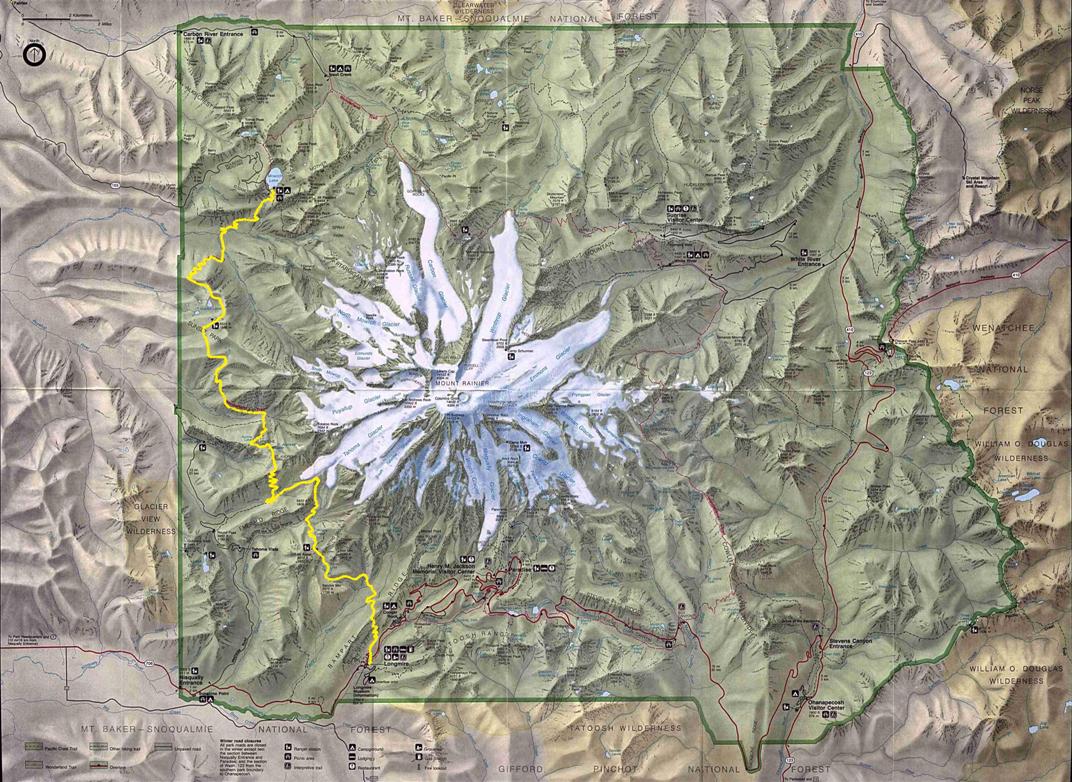
Other Information I've Put Together:
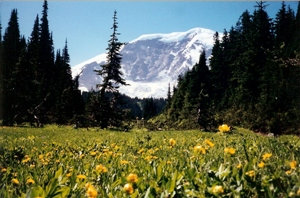
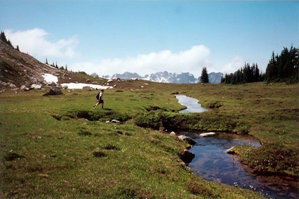
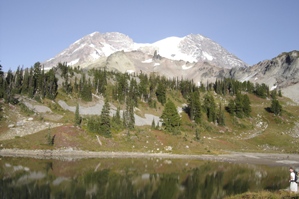
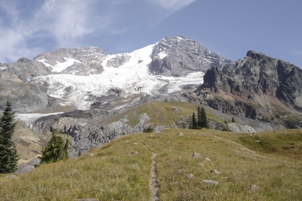
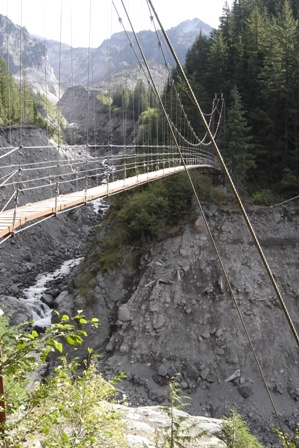
Emerald Ridge
St. Andrews Lake
Moraine Park
In route to Mystic Lake
Tahoma Creek Suspension Bridge
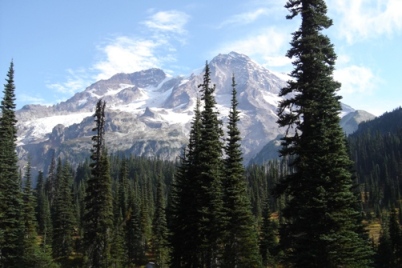
Mount Rainier from Indian Henrys Hunting Ground.
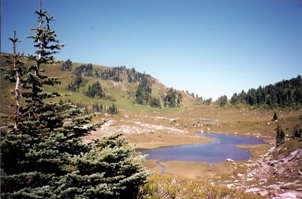
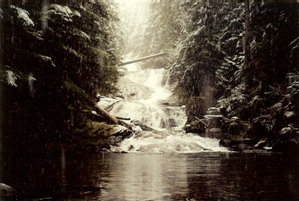
Tyee Lake
Chenuis Falls
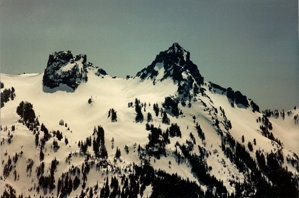
The Castle & Pinnacle Peak
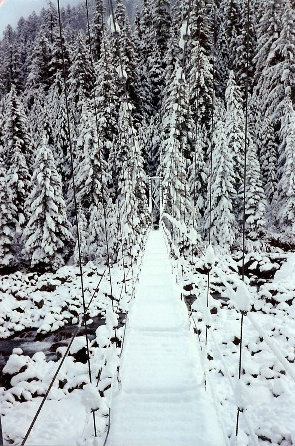
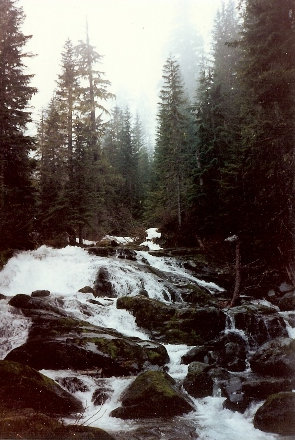
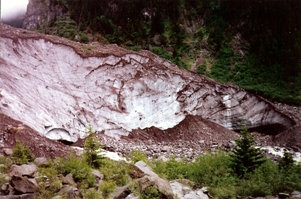
Carbon River Suspension Bridge
Cataract Creek
Carbon River Glacier
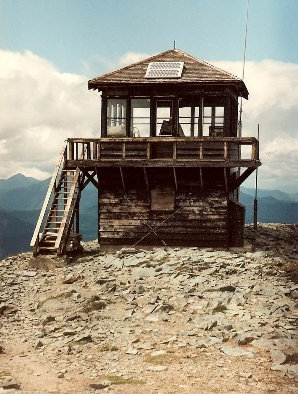
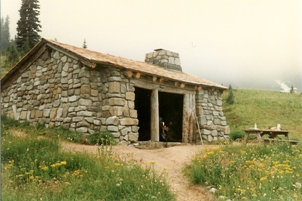
Mount Freemont Lookout
Indian Bar Shelter
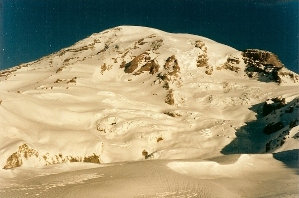
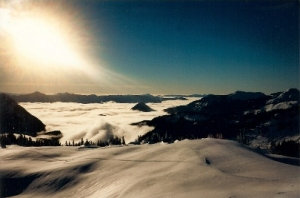
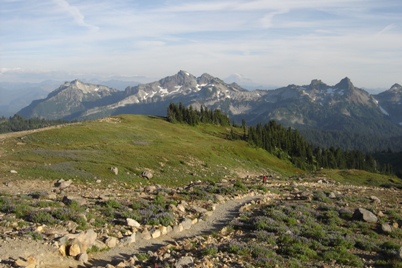
Trails around the Paradise area.
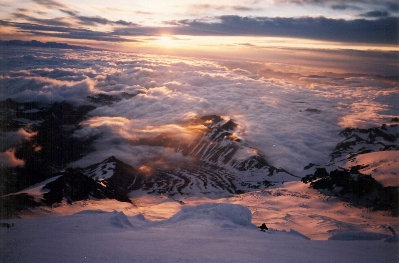
Sunrise during a climb of Rainier.
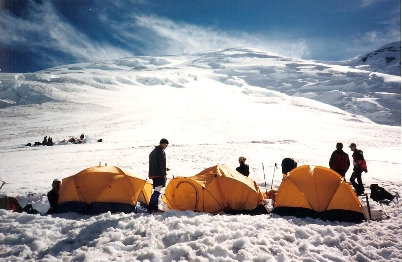
Camp Sherman
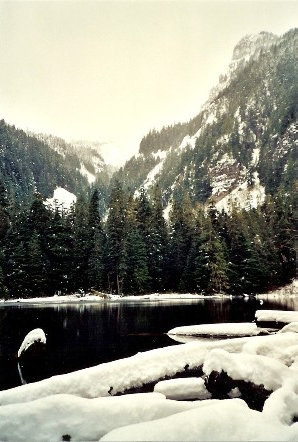
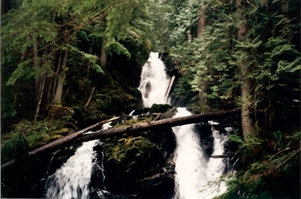
Ranger Falls
Green Lake
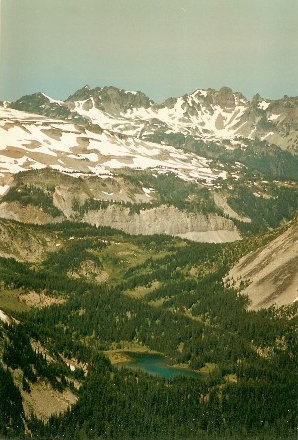
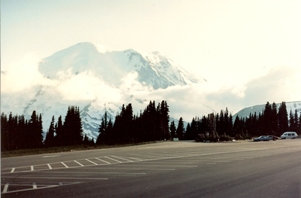
Mystic Lake
Spray Falls
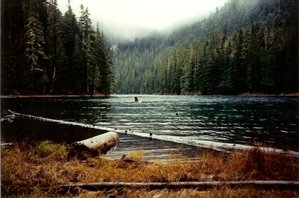
George Lake
Sunrise Parking Lot
Panorama Point
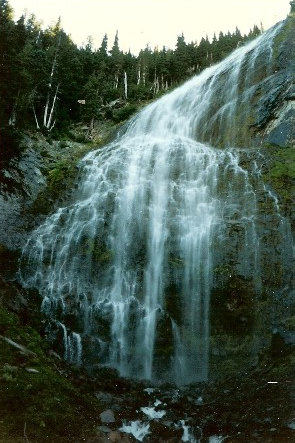
Paradise
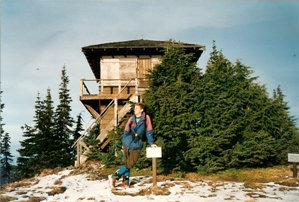
Shriner Peak Lookout
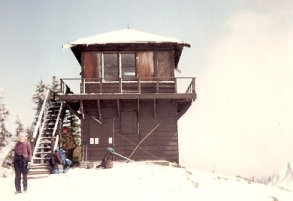
Tolmie Peak Lookout
Located just at the edge of the park, if you take the gondola to the top, you are on the edge of the park with a mountain top restaurant.
I have put all the hiking trips onto one giant page full of places to go.
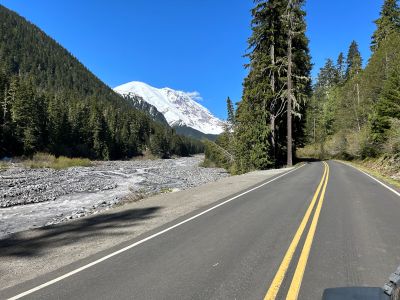
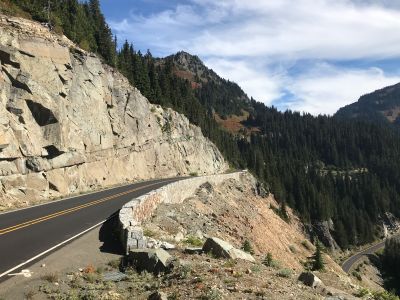
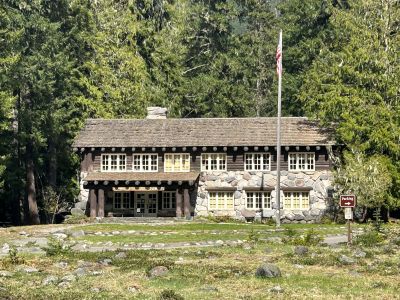
White River Campground Road.
Longmire Administrative Building.
Approaching Chinook Pass.
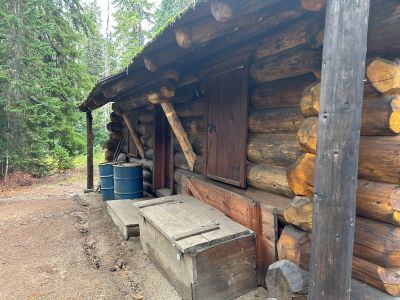
Three Lakes Backcountry Patrol Cabin.
































